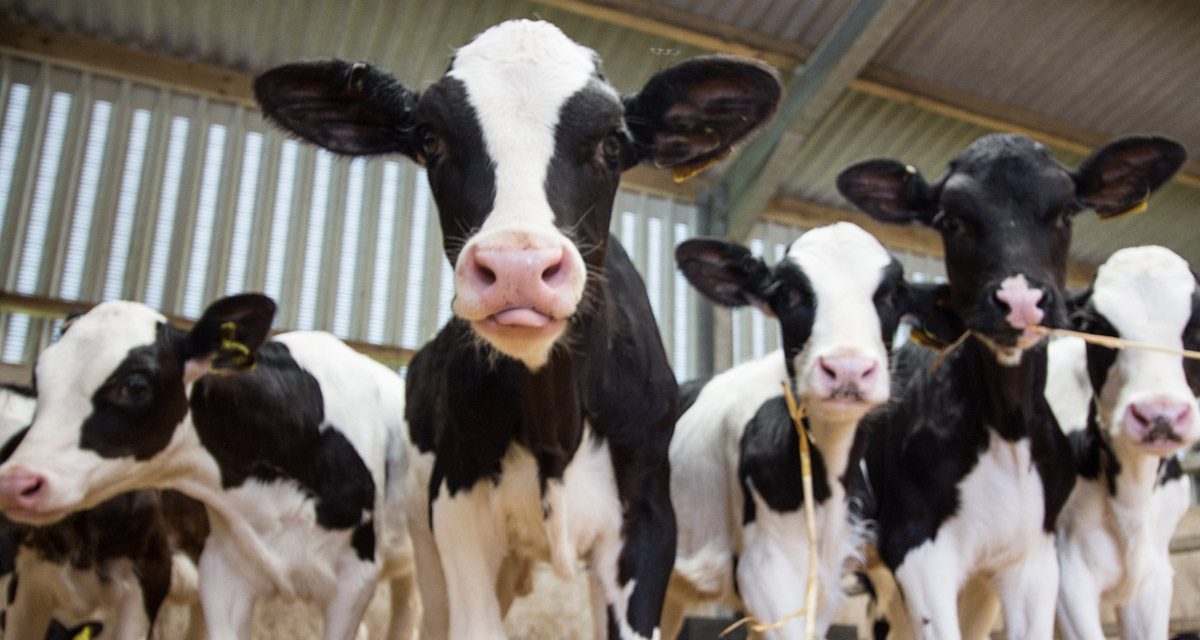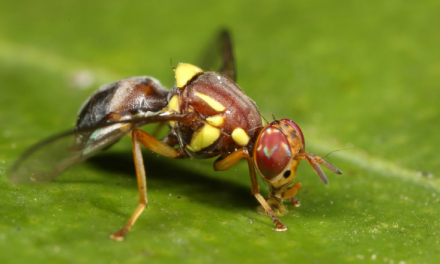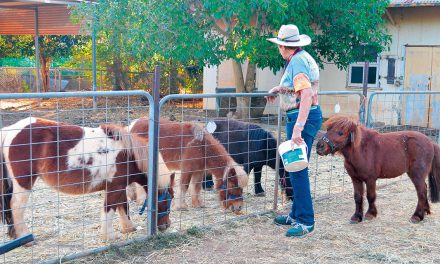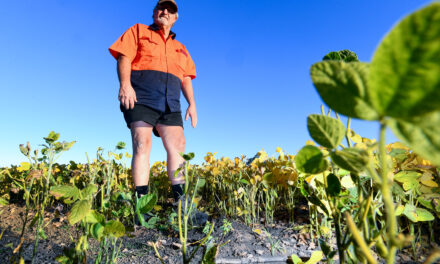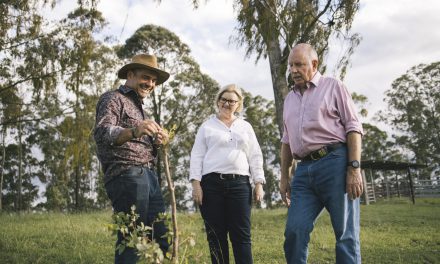Weaning can be a stressful period for calves, lambs, kids, and their dams, but good practices and strategies can be employed to take much of this stress out of the process – providing benefits to livestock health, reducing production loss and building more resilient and robust stock.
According to industry leader MLA, there are some basic ‘best practice’ strategies that small farmers can utilise to limit stress at weaning, no matter what type of animal. These include:
- Join cows, ewes and does to ensure a shorter calving, lambing or kidding and to reduce age ranges at weaning.
- Maintain cows, ewes and does in adequate body condition throughout joining, birthing and milking through good nutritional management.
- Feed lambs at least four times with their mothers if possible before weaning (imprint feeding).
- Use low-stress stock-handling methods.
- Select paddocks and yards that are securely fenced and free from potential injury hazards.
- Ensure high-quality, low-parasite pastures are available for weaners and their mothers.
- Keep calves, lambs and kids out of sight and hearing range of their dams immediately after weaning.
- Draft and manage calves, lambs and kids according to sex, size and behaviour (this reduces bullying behaviour and enables allocation of small calves, lambs and kids to the best pasture and supplementary feed if required).
- Maintain sound parasite control.
Early weaning is becoming more common as producers seek to maximise the return to service of mothers and faster development of offspring. It is also useful in drought times, and can help mothers return to condition faster which will in turn, result in higher conception rates at the next joining.
Information on early weaning calves in southern Australia is available in MLA’s More Beef from Pastures the producer’s manual (Module 6: Weaner throughput). Information on early weaning lambs in available in Making More From Sheep manual (Module 10: Wean more lambs).
‘’Calves are generally weaned between 8 to 10 months of age. In good seasons, when calves are fattening quickly, wean heifer calves intended for replacements at 5 to 6 months,’’ says DPI NSW’s Suzie Robinson.
‘’There are several commonly used methods of weaning for calves, including yard weaning, abrupt separation, gradual separation and creep weaning. The method chosen will depend on the facilities, time available, training needs of the weaners and possible markets, but it should be made as stress-free as possible for the calves,’’ she notes.
Yard weaning
At the more labour intensive and expensive end of the weaning practices is yard weaning, it requires more labour but it has several benefits:
- Calves become yard trained and accustomed to being handled.
- It introduces calves to handfeeding.
- It encourages group socialisation.
- Less injury may result to both livestock and handlers with early yard training and exposure.
Yard weaning typically takes 10 to 14 days and includes feeding, drafting, working through the race and yarding from adjoining paddocks. Animals that do not settle down can be marked for future culling as these animals are undesirable in abattoirs, saleyards and as pets.
Yard weaned calves should be fed good quality hay or silage and have ample water.
Abrupt separation
Abrupt separation is a common weaning practice where calves are drafted from the cows and moved as far away as possible. It is however, one of the more stressful practices for both cow and calf.
Sound stockmanship is essential as cows and calves are initially difficult to separate and muster, and take a while to settle. The more determined animals may break through fences to get back to each other or, alternatively, pace up and down fence lines.
Gradual separation
With the gradual separation method, cows and calves are put in adjoining paddocks on either side of a secure fence. In this more ‘natural’ environment, cows will move to water and graze away for extended periods while the calves will group together on the fence. After four to five days the cows are moved to a more distant paddock.
It is important that the calves find the water. A few older animals in the mob may help settle the calves and teach them the run of the paddock.
Creep weaning
In recent years, creep feeding of weaners has become popular practice. Creep weaning is a gradual “self weaning” process with benefits including minimal stress to the calves and the opportunity to commence supplementary feeding at an early age.
As the calves approach weaning age, give them access to a good quality pasture, or supplement crop in an adjoining paddock. A specially constructed “creep gate” or opening in the fence line or gateway allows the calves to pass through but not the cows. The openings in the creep should be 400 to 450mm wide.
‘’The calves become accustomed to grazing away from the cows in the adjoining paddock. Close the creep gate off at weaning time, leaving all the calves on one side of the fence, cows on the other. After a few days move the cows away,’’ says Suzie.
Implementing a farm health program
‘’Weaning is a good time to administer or develop a good heard health strategy to tackle animal health issues such as parasites and disease,’’ advises Suzie.
At weaning, aim to administer:
- Booster or first vaccinations for reproductive/non-reproductive diseases.
- External parasite control.
- Internal parasite control.
- Dehorning ̶ if this is not done at marking.
‘’A well-planned internal parasite program is important for weaner calves as they are very susceptible to worms ̶ particularly Ostertagia. The drench program should be co-ordinated with the development of a ‘clean safe’ weaning paddock,’’ she explains.
‘‘The worms in the cattle are readily controlled by the use of efficient drenches. The safe pasture is developed in autumn/winter by preventing pasture contamination with worm eggs.”
‘Clean safe’ pasture can be prepared in several ways:
- Pasture spelling ̶ but this is not always practical.
- Grazing the paddock with sheep.
- Grazing with mature cattle which are more resistant to worms and therefore shed less worm eggs on the pasture.
Weaners are drenched and then placed on the safe pasture.
For more information:
DPI NSW offers a range of PROfarm courses to assist landholders in livestock production, including weaning advice http://www.dpi.nsw.gov.au/content/agriculture/profarm/courses
Local Lands Services are available for livestock advice http://www.lls.nsw.gov.au/livestock/livestock-advice
Creep feeding calves http://www.dpi.nsw.gov.au/animals-and-livestock/beef-cattle/feed/creep-feeding-beef-calves

